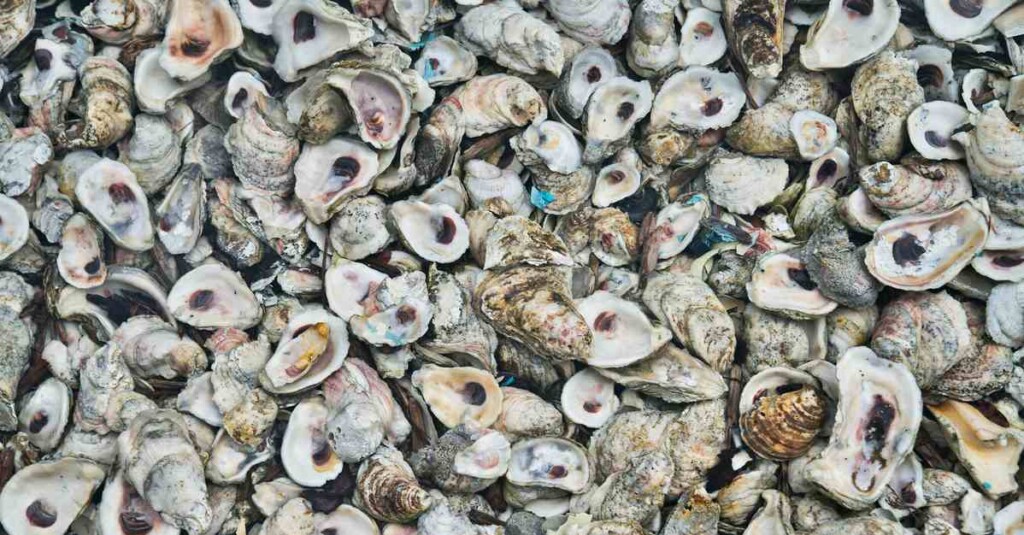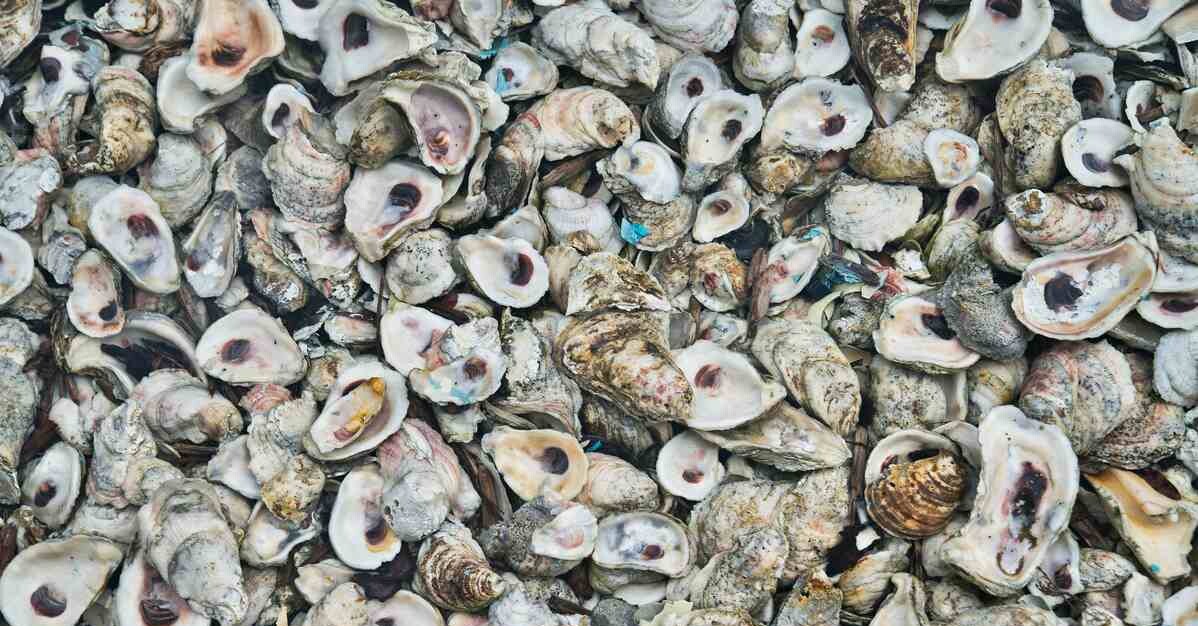
A man in Taiwan is helping reduce fashion waste by creating a sustainable alternative to artificial textiles from an already existing waste stream.
He’s using oyster shells—which when ground up and processed can produce a flexible yarn similar to sheep’s wool that’s been appropriately dubbed “sea wool.”
According to the Taiwanese Department of Agriculture, 160,000 metric tons of mollusk shells are discarded annually from restaurant and fishing businesses.
This isn’t necessarily a waste material, as many fisheries have a policy to dump discarded shells onto oyster reefs. The shells are made of 95% calcium carbonate which is the perfect ingredient to repair and grow living oyster reefs as it greatly increases the number of surfaces the oyster larvae can glom onto.
Eddie Wang grew up in western Taiwan, where oysters and other shellfish have long been a profitable and delicious local industry. The South China Morning Post reports that Wang first got the idea to turn the shells into a thread from lower-income locals who use(d) crushed oysters to insulate their homes.
It was a great idea as it turns out, and materials scientists were keen to work with Wang to develop the industry and make it competitive with existing garment production.
TAIWAN NEWS: Abandoned Airport Turned into Sensory Experience Park Providing Green Refuge in Crowded Taiwan City
Today, Wang’s factory manufactures 900 tons of sea wool thread every year, and earns $6 million gross.
The top relevant results for a search on Google of “Sea Wool Clothes,” turns up the large men’s wear outlet Huckberry, whose line of gorgeous sea wool sweaters are priced very competitively with real wool sweaters of similar weave and texture.
MORE ALTERNATIVE TEXTILES: MIT Scientists Develop the Perfect Breathable Earth-Friendly Fabric Using The Same Material as Single-Use Bags
Being that oysters are calcium carbonate, a product used in many different industries, powdered oyster shells could be used to replace limestone quarrying, the major source of calcium carbonate, and a large source of emissions and pollution.
WATCH the story below from SCMP…
SHARE This Awesome Alternative To Textiles With Your Friends…





















Quick question – 1st, this seems to be quite interesting! Usable fiber from shells?!? But, If shells are needed to restore oyster beds & coral reefs, is there enough of supplies to accommodate both? As much as I don’t agree with “government controls”, both sides of this need to make sure there’s good guidelines in place to proceed to profit both.
Oyster reefs don’t need tons of oyster shells to restore them, and they don’t restore coral reefs (groups of oysters are called reefs as well as beds). I think they probably help, but all they do is provide a space for oyster larvae, but there’s no reason living oysters can’t provide that as well.